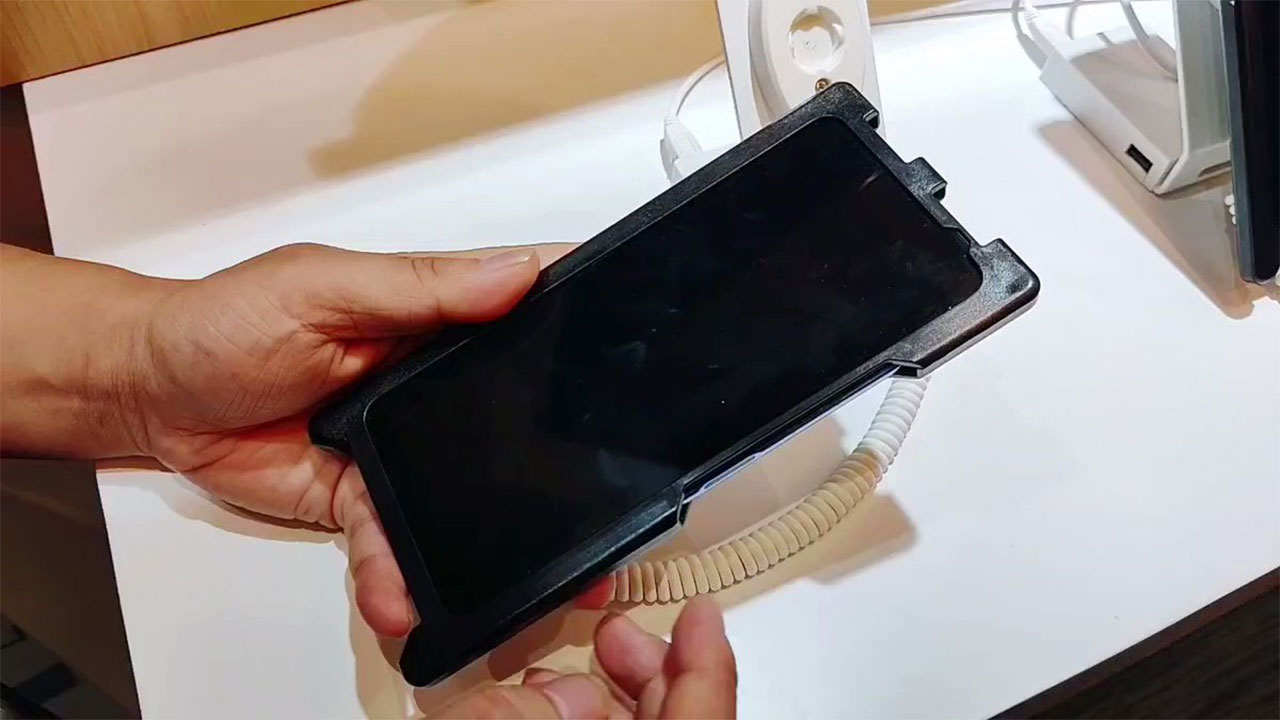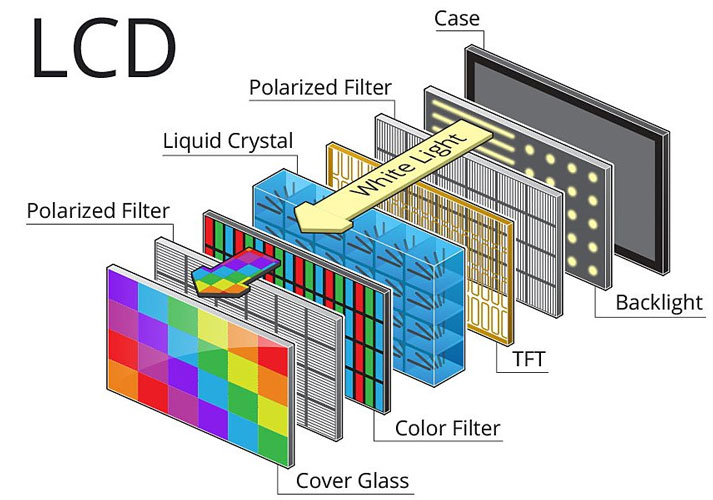
Until now, all mobile phones with an in-screen fingerprint sensor use an AMOLED panel, which ultimately increases the final price of the devices, but a year ago rumors began to emerge suggesting that LCD screens would adopt this technology in some point in 2019. Unfortunately, no mobile phone with an LCD screen and this capacity has yet been announced, and the year has little more than a quarter left. However, this could change very soon, as a video emerged that shows that Huawei has gotten down to work and managed to create a functional prototype.
Huawei would be the first manufacturer to bring this technology to LCD panels: Huawei prepares the world’s first LCD screen with a fingerprint sensor
This technology was showcased at the Huawei HDC 2019 developer conference , and in the presence of big announcements like Harmony OS and EMUI 10, the novelty was relegated to the background.
#Huawei
This is an LCD screen fingerprint technology based on the infrared camera solution, which can basically ignore the LCD panel type and unlock the speed for 300ms. pic.twitter.com/gDb61I7GIt– Xiaomishka (@xiaomishka) August 11, 2019
The device that houses the screen in question is protected in a special case, which also prevents it from being removed from the display, and as a consequence, its design cannot be appreciated, although it is evident that it does not have a notch or perforation for the front camera.
According to the data collected, the unlocking process takes 300 milliseconds , which makes it as fast as the under-screen sensors of high-end equipment. As a benchmark, Huawei’s device takes 0.3 seconds to unlock, while the OnePlus 6T takes 0.34 seconds.
To make this possible, the company has had to overcome the fact that LCD panels are backlit, and this excess light prevents the CMOS sensor from accurately recognizing the user’s fingerprint. To solve this, Huawei added an infrared camera capable of discerning the fingerprint even in the presence of light . On the other hand, AMOLED panels do not have this obstacle, since they do not need to be turned on completely.

Operation of an LCD screen
This achievement by Huawei has its merit, as it will allow the use of under-screen sensors to be extended to lower-cost devices .





